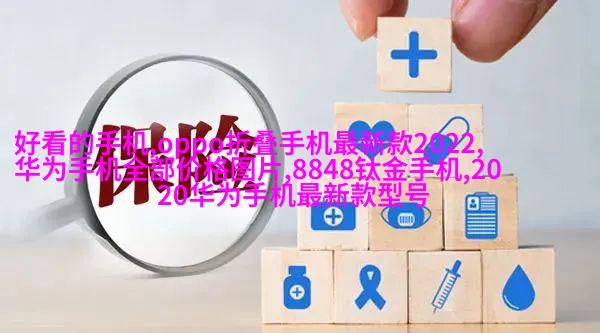引言

随着医疗行业的不断发展,医用水处理已经成为确保患者安全、提高医疗质量的重要环节。医用水不仅需要达到一定的净化标准,还需要确保无菌和无毒,以避免感染风险。在此背景下,红外(IR)检测技术作为一项先进的分析手段,其在医用水处理领域的应用日益广泛。本文旨在探讨红外检测技术如何提升医用水处理效率,并为医疗单位提供更优质、更安全的饮用水。
1. 医用水处理概述

医用水是指用于临床诊疗、护理活动以及餐饮服务等的一种特殊纯净水,它要求具有一定的物理化学性能,如硬度控制、pH值稳定、中性或微碱性、细菌计数低于100CFU/mL等。此外,由于病原体可能存在于各种形式,如溶解物质、细胞和蛋白质,所以对其进行有效消除至关重要。
2. 红外检测技术基础知识

红外光是一种电磁波,其中频率范围位于4000cm-1到10cm-1之间。根据分子振动与旋转产生特定的吸收峰,每种分子的独特吸收谱可以被利用来鉴定其存在。这使得红外光谱分析成为一种强大的工具,不仅适用于化学成分分析,也可用于监测环境污染物和食品中有害物质。
3. 红外检测在医用water quality control中的应用

通过对样品进行红外光谱分析,可以快速确定是否存在不良影响因素,如高浓度离子、有机污染物或药物残留等。这种方法具有快速、高通量且成本较低的优势,这对于实时监控大量样本来说尤为重要。此外,redshifted absorbance peak can be used to identify the presence of certain contaminants, which is particularly useful in medical settings where accuracy and speed are critical.
4. 应对抗生素耐药性的挑战:UV消毒器与IR结合使用

随着抗生素耐药性的增多,对医院内环境中残留抗生素水平越来越严格。传统方法如紫 外线(UV)消毒器虽然能够杀死细菌,但无法彻底去除所有有机污染物。而结合使用UV消毒器和IR监测系统,则可以实现更加全面的清洁过程,使得医院内部环境更加安全卫生。
5. IR技术在超滤膜选择上的辅助作用
超滤膜作为一个关键组成部分,在隔绝微生物及大分子的同时,对小分子也有所限制。如果没有精确了解过滤材料及其性能,即便采用最先进设备也难以保证出色的过滤效果。在此背景下,通过IR测试可以评估不同类型超滤膜的透明度,以及它们对于目标杂质(如某些重金属)的截断能力,从而帮助制定合理筛选策略。
6. 未来的展望:智能化集成与数据驱动决策支持系统 (DDS) 的构建
未来医学将会越来越依赖智能化解决方案。在这个方向上,将IR检测系统与DDS集成,将能够生成详尽而即时的地图,这个地图展示了每个房间或者区域内流通管道中的真实时间变化情况,无论是温度还是pH值,都能得到精准记录。这将极大地提高了操作员做出基于数据驱动决策能力,为维护一个健康安全的人口提供了坚固保障。
结语
总之,随着科学技术不断发展,我们面临着更多新的挑战和机遇。RED detection technology has proven itself as a powerful tool for monitoring water quality in medical settings, and its integration with other technologies such as UV disinfection systems and data-driven decision support systems holds great promise for future improvements in healthcare facilities worldwide.
With this comprehensive overview of infrared detection technology's role in medical water processing, it is clear that this method will continue to play an increasingly important role in ensuring patient safety and maintaining high-quality care.
By leveraging the unique properties of infrared light, we can improve our ability to detect even trace amounts of harmful substances present within water supplies – providing hospitals with an unparalleled level of assurance that their patients receive only the purest drinking water possible.
The potential for further advancements through continued research into novel applications like artificial intelligence-powered monitoring systems underscores our commitment towards creating healthier environments not just today but also tomorrow.